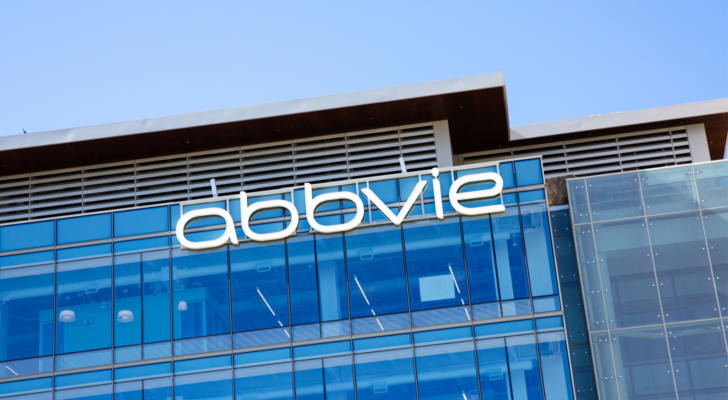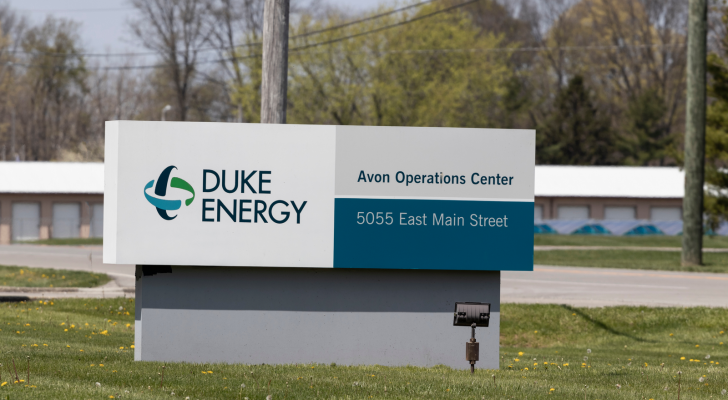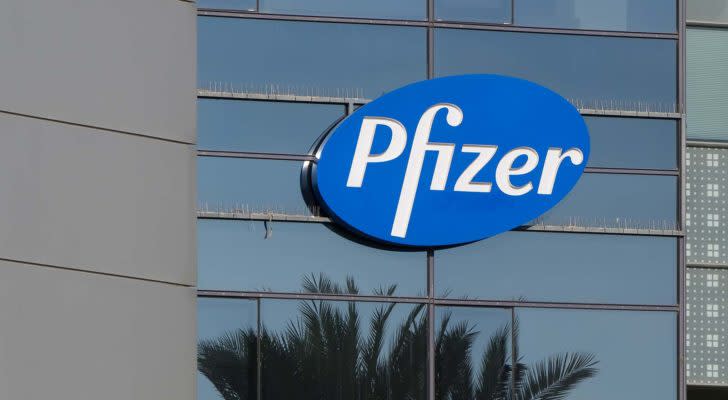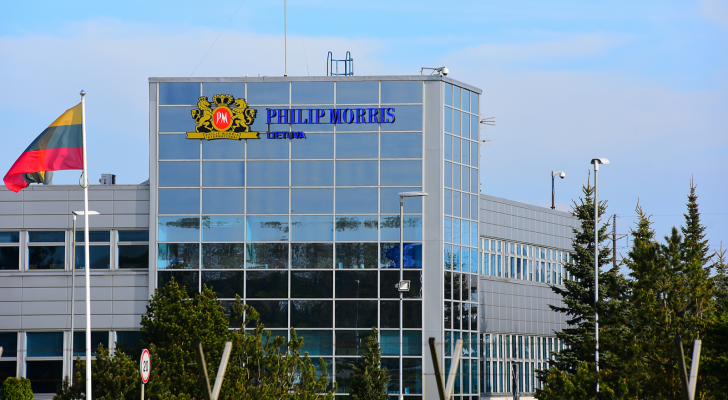Dual Powerhouses: 7 Dividend Stocks Marrying High Yield With High Growth
While it’s always important to consider passive-income providers, they often lack an underlying growth impetus, which subsequently makes the concept of high-yield dividend growth stocks so compelling. You can get your growth and also enjoy dividend payments.
To be sure, the adage of something being too good to be true applies. At the end of the day, if an enterprise represents one of the extreme varieties of high-yield dividend stocks, there’s usually a reason for it. Generally, it’s not a good one.
On the other hand, the same can be said about blisteringly strong growth stocks. If an enterprise typically commands robust double-digit revenue expansion, it probably hasn’t reached the maturity phase where paying passive income would make sense.
InvestorPlace - Stock Market News, Stock Advice & Trading Tips
However, the market features thousands upon thousands of publicly traded opportunities. At some point, you will find an enticing balance between relatively high growth and also high dividends. With that, below are the high-yield dividend growth stocks to consider.
Coca-Cola (KO)

Source: monticello / Shutterstock
A stalwart in the soft drink industry, Coca-Cola (NYSE:KO) doesn’t just dominate its core sector; it also represents an icon of American capitalism. As such, it’s a mature business. We’re talking about a company whose roots extend back to the late 1800s! So, it’s one of the high-yield dividend stocks but can it also be classified among growth stocks?
At first glance, the answer might appear to be “no.” Per investment data aggregator Gurufocus, Coca-Cola runs a three-year revenue growth rate of 4.6% on a per-share basis. That’s actually worse than 52.58% of the non-alcoholic beverages space. At the same time, 2022’s revenue haul of $43 billion represented a big boost (for a mature enterprise) against its prior year print of $38.7 billion.
Also, the company is on track against a trailing-12-month (TTM) basis to ring up sales of $45 billion. With Coca-Cola offering a forward yield of 3.21%, KO is one of the top high-yield dividend growth stocks to consider.
Phillips 66 (PSX)

Source: Jonathan Weiss / Shutterstock.com
A hydrocarbon energy enterprise, Phillips 66 (NYSE:PSX) mainly specializes in the downstream component of the industry’s value chain; in other words, refining and marketing. As well, it features some business in the midstream (storage and transportation) realm. While the underlying sector had its ups and downs this year, PSX gained over 15% of equity value since the January opener.
Given how geopolitical tensions aren’t likely to improve anytime soon, PSX should be on your radar for high-yield dividend growth stocks. Yes, electric vehicles are the future. However, the economic print shows that middle-income folks just can’t make the transition right now. That should give many years of relevance for Phillips 66. Regarding the financials, the company sports a better-than-average three-year revenue growth rate of 14.9%.
Just as well, PSX offers a forward yield of 3.61%, simultaneously making it one of the high-yield dividend stocks. Even better, the payout ratio sits at 31.13%, which means investors shouldn’t fret about yield sustainability.
AbbVie (ABBV)

Source: Valeriya Zankovych / Shutterstock.com
As I’ve mentioned many times before, I dig pharmaceutical giant AbbVie (NYSE:ABBV) for its Allergan acquisition. Through the buyout, AbbVie now controls Botox, a highly potent neurotoxic protein used for smoothing wrinkles. I love the long-term narrative here because, unlike other generations, Millennials and Generation Z will have difficulty letting go.
While social critics often joke about young people’s need for safe spaces and whatnot, they do have a point. Part of the maturing process involves accepting life circumstances, both good and bad. Unfortunately, nobody can prevent pain in this world. However accommodating such an unrealistic proposition leads to unrealistic expectations, such as expecting to look young indefinitely.
That’s a huge fundamental catalyst that should augment AbbVie’s already-impressive three-year revenue growth rate of 13.4%. Just as well, the company represents one of the top high-yield dividend stocks thanks to its forward yield of 4.48%. Also, the payout ratio is reasonable at 55.7%.
Oh yeah, we’re talking 51 years of consecutive payout increases. So, I think it’s one of the high-yield dividend growth stocks available.
Duke Energy (DUK)

Source: Jonathan Weiss / Shutterstock.com
Now, before you lay into me, Duke Energy (NYSE:DUK) as a utility giant wouldn’t automatically be considered one of the distinctive growth stocks. As you know, utility companies tend to be boring affairs. They’re not necessarily about growth but rather consistent profitability. So, most people can see DUK as a standalone example of high-yield dividend stocks.
Still, let’s look at this narrative from a relative perspective. Sure, Duke’s three-year revenue growth rate of 2.8% isn’t anywhere close to remarkable. Indeed, it’s not even good compared to the rest of the industry. However, in 2022, the company posted revenue of $28.8 billion, a decent jump from the prior year’s $24.6 billion. On a TTM basis, Duke’s looking at $29.2 billion in sales.
Also, cost-of-living expenses are pushing millennials to areas which Duke serves, such as the Carolinas. It’s positioned where the money will be, not necessarily where it is right now. And that just makes the company’s 4.56% forward yield all the more attractive. Definitely, it’s one of the high-yield dividend growth stocks to consider.
Pfizer (PFE)

Source: photobyphm / Shutterstock.com
One of the riskier ideas among high-yield dividend growth stocks, Pfizer (NYSE:PFE) requires faith. By that, I’m talking about the ability to anticipate revenue growth that just isn’t there yet. Sure, Pfizer may enjoy a three-year revenue growth rate of 34.4%, a massively impressive statistic. However, that stemmed from the Covid-19 period, when the company offered a return-to-normalcy pathway.
Unfortunately for PFE stakeholders, dramatically fading fears of the SARS-CoV-2 virus meant that Pfizer had nowhere to go but down. Nevertheless, Pfizer likely benefited from the acumen forged during its development of the underlying messenger-RNA vaccine. Armed with this tech, it can now address other diseases or medical needs. Plus, in Q3, Pfizer enjoyed sequential quarter-to-quarter growth.
Could that be a turning point? I don’t know. It’s a risk, like I said earlier. But what I do know is that the company offers a forward yield of 5.48%. That makes PFE one of the top high-yield dividend stocks with robust growth potential.
Philip Morris (PM)

Source: Vytautas Kielaitis / Shutterstock
A controversial and seemingly irrelevant enterprise, Philip Morris (NYSE:PM) might seem like a joke idea for high-yield dividend growth stocks. To paraphrase the old school “Where’s the Beef” commercials, investors are right to ask, “where’s the growth?” Research shows that global smoking rates have declined for both men and women.
If you ask anyone on the street, that doesn’t sound like a promising thesis for growth stocks. However, as I have argued frequently over the past several months, Philip Morris should benefit from sales of tobacco alternatives: I’m referring to e-cigarettes or vaporizers (or whatever industry aficionados want to call them). And it turns out, this counterintuitive narrative was the correct one.
Per CNBC, while the tobacco giant’s revenue total missed analysts’ estimates, sales for its heated tobacco and oral nicotine products remained robust. Heated tobacco products are also know as heat-not-burn devices are electronic devices.
Lastly, Philip Morris commands a forward yield of 5.66%. If you can handle the risk, PM offers a balanced opportunity among high-yield dividend stocks.
Vici Properties (VICI)

Source: T. Schneider / Shutterstock
Saving the riskiest idea for last, Vici Properties (NYSE:VICI) will require nerves of steel. And depending on how circumstances go regarding the potentially fading revenge travel phenomenon, I could talk about VICI in a not-so-pleasant context in the future. I’m just letting you know upfront. With that said, the company makes a historically strong case for growth stocks to consider.
Per Gurufocus, Vici’s three-year revenue growth rate stands at 13.2%. That’s above 87.72% of industry players As well, VICI trades at forward earnings ratio of 11.96X, translating to an undervalued profile. It’s quite possible that shares are de-risked, which might appeal to contrarians. Further, with a TTM revenue of $3.45 billion, that’s well above the 2022 haul of $2.6 billion.
But can this mercurial growth trek continue? I believe it’s a pensive situation, considering the state of the consumer economy. However, for those that do want to take the risk, the company offers a forward yield of 5.81%. For such a high yield, the payout ratio is relatively reasonable at 62%.
As for analysts, it lands as a strong buy consensus. So, VICI could be one of the high-yield dividend growth stocks to buy.
On the date of publication, Josh Enomoto did not have (either directly or indirectly) any positions in the securities mentioned in this article. The opinions expressed in this article are those of the writer, subject to the InvestorPlace.com Publishing Guidelines.
A former senior business analyst for Sony Electronics, Josh Enomoto has helped broker major contracts with Fortune Global 500 companies. Over the past several years, he has delivered unique, critical insights for the investment markets, as well as various other industries including legal, construction management, and healthcare. Tweet him at @EnomotoMedia.
More From InvestorPlace
ChatGPT IPO Could Shock the World, Make This Move Before the Announcement
Musk’s “Project Omega” May Be Set to Mint New Millionaires. Here’s How to Get In.
The Rich Use This Income Secret (NOT Dividends) Far More Than Regular Investors
The post Dual Powerhouses: 7 Dividend Stocks Marrying High Yield With High Growth appeared first on InvestorPlace.
